New Skin & Body
PRP FOR FACIAL REJUVENATION
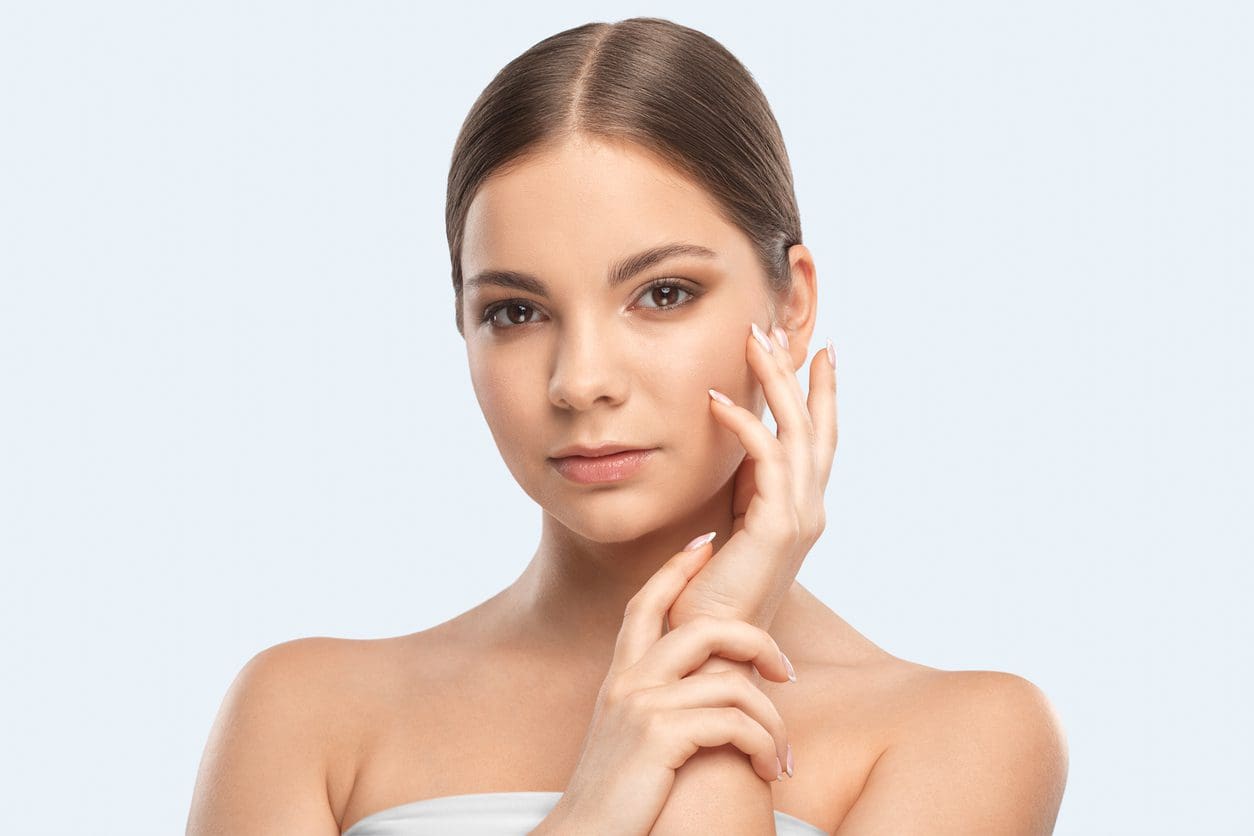
Platelet Rich Plasma, or PRP, is the single most natural method for facial rejuvenation in the aesthetic industry. PRP contains your body’s own growth factors, or platelets, which instruct your body to create new collagen, thus creating tighter, smoother, plumper skin, minimizing fine lines and wrinkles.
New Skin & Body
What Conditions Can Be Treated With
PRP REJUVENATION?
MILD TO MODERATE ACNE SCARRING
ANY NEW OR OLD SCARS
FINE LINES & WRINKLES
DARK UNDER EYE CIRCLES
VOLUME LOSS
New Skin & Body
Benefits of PLATELET RICH PLASMA
Stimulates circulation and collagen production
Is a more natural way to increase collagen, because your own platelets are injected
Cost effective compared to other injectables and treatments
Can be performed on all skin types, including ethnic skin
Can be used on all areas of the scalp, face, body including fragile skin like around the eyes, mouth, and neck
New Skin & Body
HOW IT WORKS
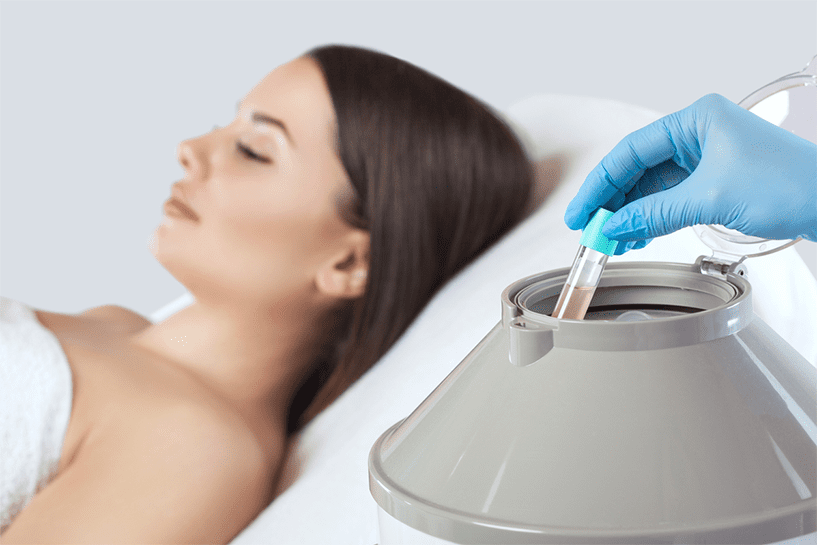
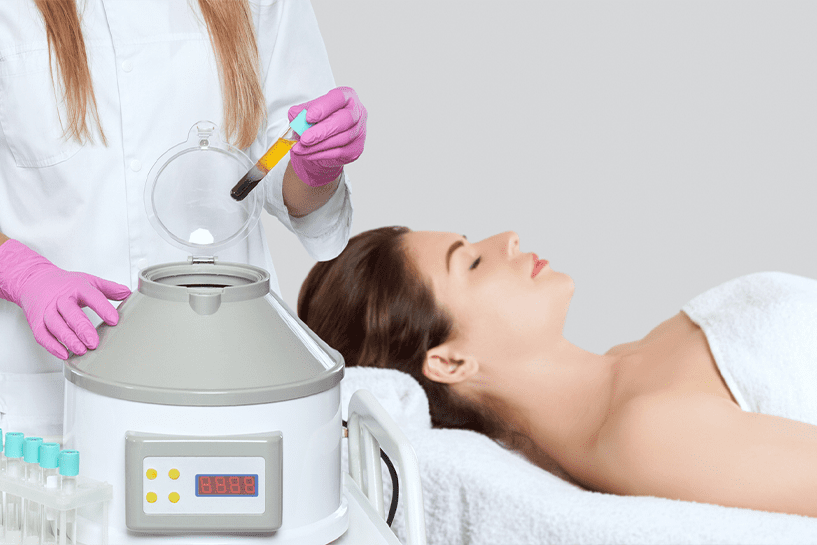
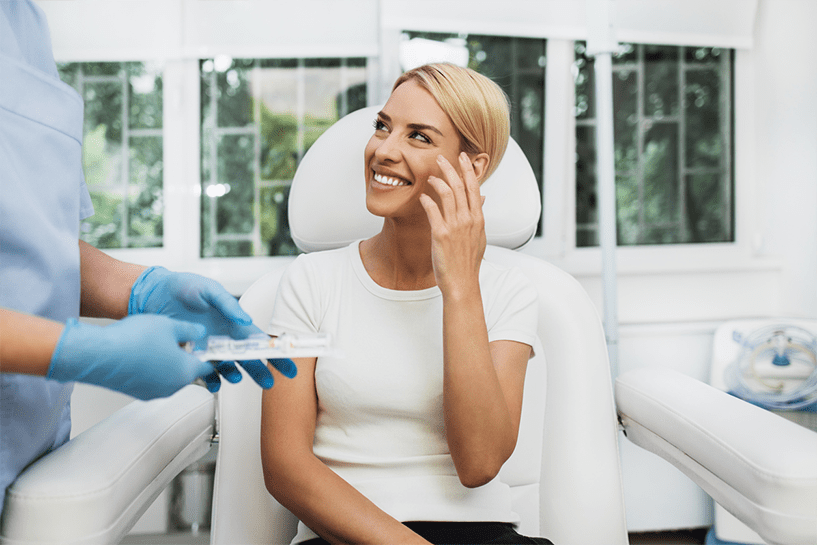
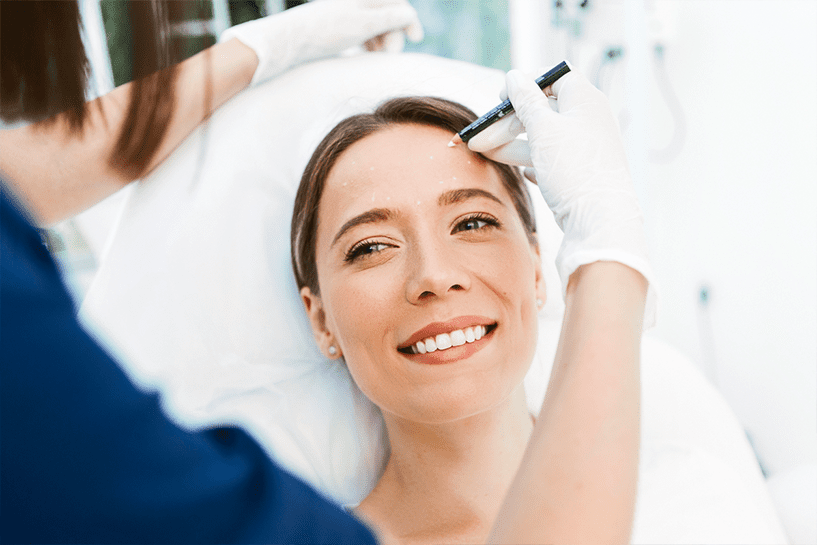
Platelets are the cells in the blood that help tissue to heal and grow new cells. The PRP, injected into specific areas of the skin, act as a matrix that promotes your own collagen to grow, regenerates tissue, and acts to naturally smooth and tighten the skin. In this way, PRP softens wrinkles and creates smoother skin texture and tone.
New Skin & Body
faq
WHAT IS THE SCIENCE BEHIND PRP?
PRP is an innovative therapy that is now gaining more popularity. The procedure entails drawing blood from a patient and then spinning it in a centrifuge machine. This generates a layer of concentrated platelets and growth factors, or stem cells, that help regenerate new collagen formation in areas where we have volume loss.
What does the TREATMENT involve?
A small amount of blood will be drawn from you. While the PRP is being prepared in the centrifuge, your skin will be cleansed and prepared for the treatment. The injections take 30-40 minutes , and are only mildly uncomfortable. The procedure is relatively painless, and requires no post-procedure care or time off from daily events. Mild swelling, redness, or bruising fade within one to three days. The PRP is made from your own cells, virtually eliminating the possibility of negative side effects.
What will I look like after my treatment?
Most people will experience mild redness or swelling lasting only six to 24 hours, and there may be minimal pin-point bleeding and/or bruising. Within a week or two, you will notice that your skin is smoother and more radiant looking, but the full effects won’t be seen until a few months later.
What is the downtime after PRP injections?
The inflammatory reaction of the skin is extremely short and fades significantly within hours from redness to pinkish that may last for 12 to 48 hours. In order to reduce visible redness, we recommend hyaluronic acid after the procedure, and to protect the skin with zinc-based sunblock. The use of mineral makeup is recommended after procedure. To ensure the right healing environment, do not use AHAs (glycolic acid), retinol, acidic or “active” ingredients for two to three days. Exposure to sun should also be avoided or zinc based sunblock should be used.
Are PRP injections painful?
Prior to the treatment, numbing cream can be applied, if necessary, to minimize any discomfort.
How many treatments do I need and how often can PRP injections be repeated?
PRP injections are best performed once a month and a three-treatment protocol is advised for optimal results.
are there risks of post-op infections?
Since the tiny injection channels close within one hour, and provided the procedure is done under clinical conditions, post-op infections are extremely unlikely.
Am I a candidate for PRP Injections?
PRP injections can be safely performed on all skin types and all skin colors. Melanocytes in the basal area are left intact. There is minimal risk of pigment change or post-inflammatory hyperpigmentation. PRP can treat sensitive and fragile areas that are difficult to treat with other procedures. These areas include the eyes, the neck, and the back of the hands. However, PRP injections are not suitable for patients who have used Accutane (isotretinoin) within the last three months; have open wounds, cuts, or abrasions on the skin; have had radiation treatment to the skin within the last year; have any kind of current skin infection, systemic health condition, or herpes simplex in the area to be treated; are pregnant or breast feeding; or have any history of keloid or hypertrophic scars or poor wound healing.
New Skin & Body
schedule an appointment